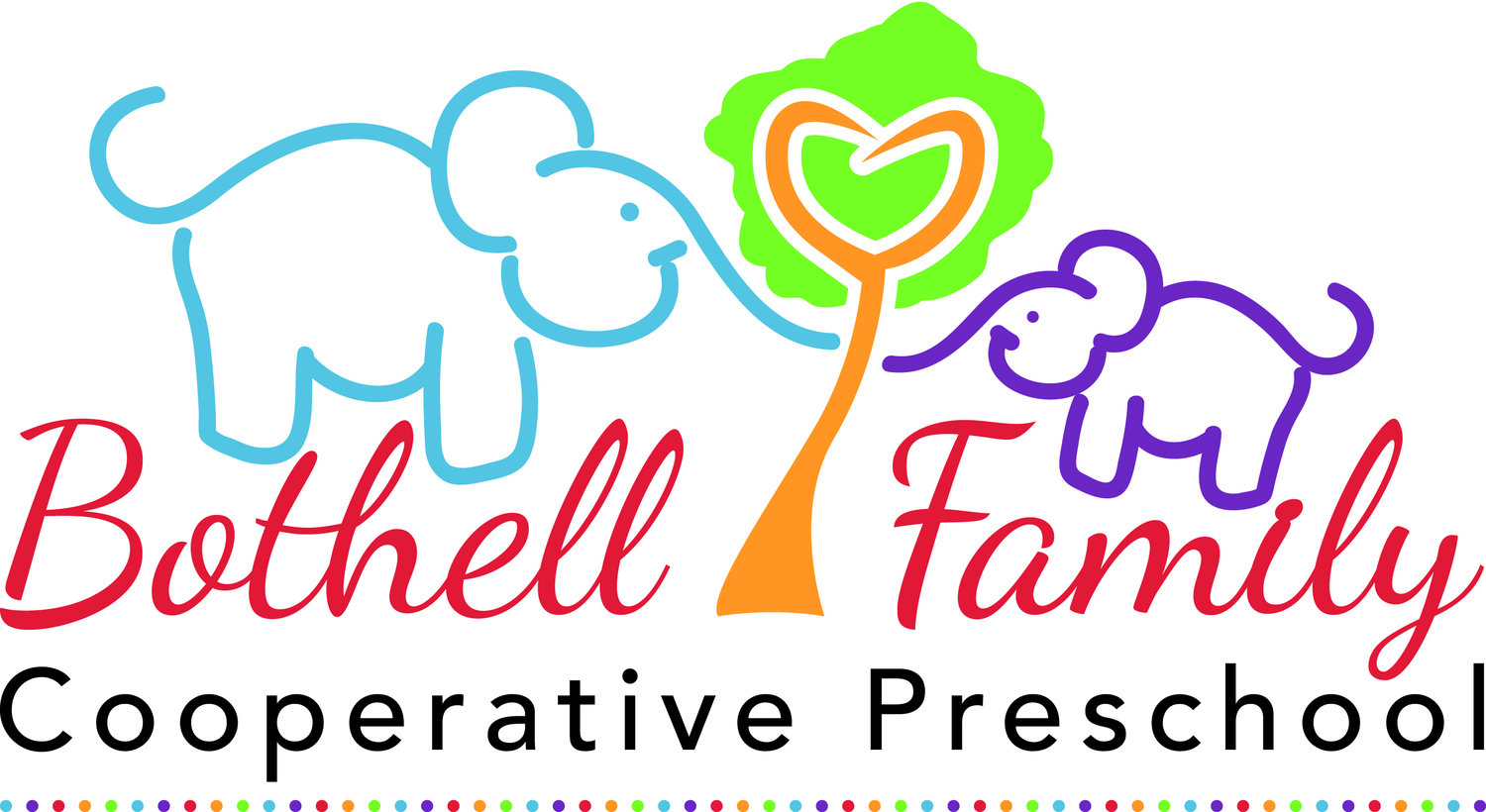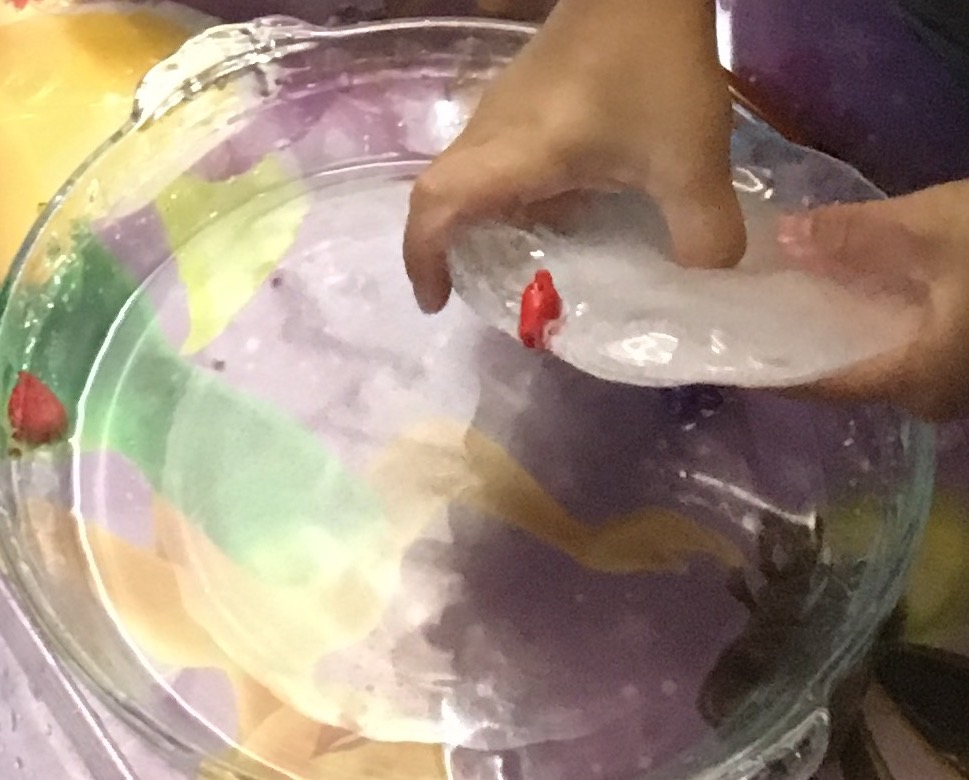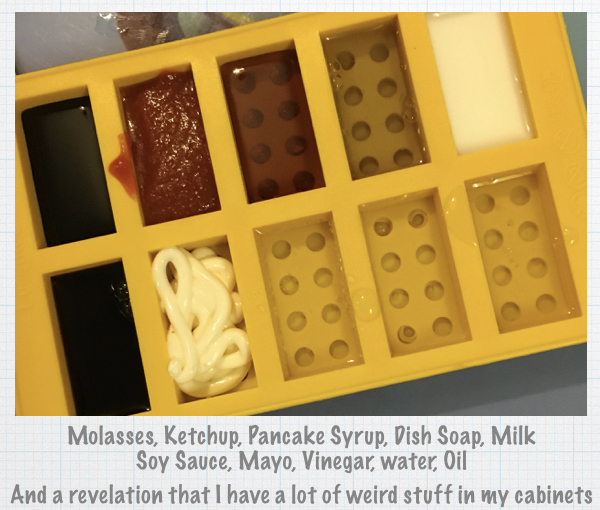by Florence B.
Wow, time sure is flying by fast! How is it March already? Well, if you haven’t registered for a spot for the 2018-2019 school year, make sure you reserve your spot soon! Registration is now open for everyone, so please let your friends know it’s time to get excited about getting a spot for one of next year’s classes!
By now, I’m sure everyone has seen the amazing dramatic play area (and if you haven’t, don’t worry, I have some pictures)! Ok, let’s just say that the curriculum team deserves a medal for all their designs, and this one is definitely one of my favorites! Ready to fly the open skies? Welcome to the BFCP Airport! Where should we go today?
The pictures don’t do justice to how cute this set up is! I love all the little details that the curriculum team included. There are little luggage tags on the luggage, a pet carrier to take a pet on the flight, and a metal detector that actually swings so the kiddos can put it where they want for just a few examples! I got a huge kick out of the flight control panel. Did you notice the calculators attached to the wall?! How can you not fall in luuuurve with this setup?! Oh, and I have another reason for you as to why being part of a Co-Op is awesome—the 3/4 and PreK classes got to meet an Alaskan Airlines pilot and hear about his job! How are Co-Ops and pilots connected? Well, that awesome AA pilot is also one of our awesome PreK dads!
You’ll also see plenty of “Things that Go” books along with plenty of flying in the sky books, but let’s give a special call out to our author of the month: Donald Crews! My kids absolutely love his Freight Train book, which is also one of the 1979 Caldecott Honors books. That’s right, 1979! I guess it’s pretty timeless since kids still love this book almost 40 years later (and since it still hits top lists like New York Public Library’s “100 Great Children’s Books | 100 Years” at https://www.nypl.org/childrens100, I guess adults love this book, too!)? Anyway, it’s hard to describe this simple book, so just check it (and the rest of Donald Crew’s books) out, and be amazed when your kiddo is highly entertained by it!
Other themes you’ll see during March are Jobs that People Do, Wind and Weather, and Rainbows! The rainbow one will be sooo much fun since this is also interactive! The 3/4 and PreK classes will be “eating the rainbow” during the week of March 12th! Kiddos will bring one piece of whole fruit to share with the class, and then the PreK class will go even further by creating a graph of all the different fruits brought to class (go go early math!). On March 14th, it’ll be rainbow day for the older 2 classes, which means wearing rainbow colors to school! On March 16, the 2/3 class will have “Green Day,” so don’t forget to wear something green to school!
Well, I talked about the rainbow and the color green, how about the color red?! As in Fire Station red!! I’m so excited for this: this month, the toddlers and 2/3 classes are going to…wait for it…wait for it… are you ready for it…FIRE STATION 51 in Kenmore!!! Oh, there are just not enough exclamation marks in the world for this excursion!
*Phew* well, we have so may wonderful things going on during school, how about after school for our evening parent ed? On March 21, get ready for our our PAC All Schools Speaker: Julietta Skoog! This will be held in the Shoreline Community College Theater, and she’ll discuss Positive Discipline! You can check her out at her website here.
Here’s a quick quote from her website: “Learn to discipline with firmness and kindness, have fun as a parent, and set the foundation for important social and life skills.”
Well, I hope you’re enjoying March so far and looking forward to some fun and interesting topics ahead for you! If you have any feedback or thoughts to share, feel free to comment below or email me at blog@bothellfamilycoop.org!








